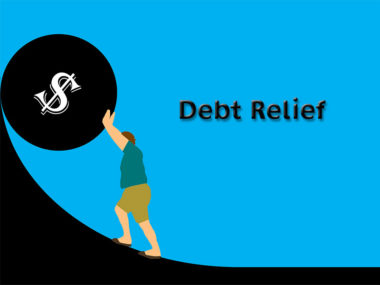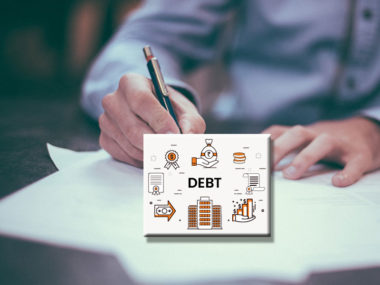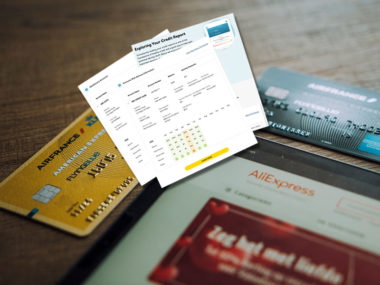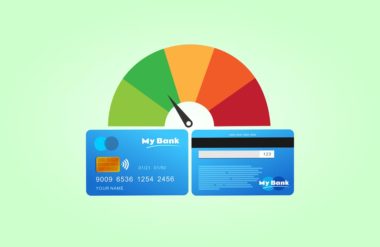“Bad debt” is not good for any business or individual, but it should not be confused with the idea of having debt altogether. For example, many people have mortgages, which represent a type of debt. Depending on how the mortgage is financed, the payment may include principal, interest, property taxes, mortgage insurance, and home insurance, where everything but the principal is tax-deductible. So, although a mortgage is a debt, there are aspects to these loans that have favorable financial elements. As long as market conditions are right and the owner maintains the home, it will appreciate as an asset.
“Bad debt,” on the other hand, is when a customer will not or can not pay a company for a product, service, or loan they have already agreed to pay. This impacts all parties connected to the debt. The business loses income and has to report the loss as an expense on its tax return, while the individual who defaults on the debt will suffer a hit to their credit score. Both businesses and individuals will have reduced borrowing power from creditors because of the reflection of these debts and defaults on their credit reports.
Table of Contents
Examples of Bad Debt
- Non-collectible accounts for a business. When a company can’t collect on a receivable, then it becomes a bad debt. For example, a company that operates as a wholesale manufacturer of mattresses sells 100 units (mattresses) to a retailer. The company gives the retailer 60 days to pay the invoice. Time passes and the retailer does not pay, resulting in the manufacturer changing a receivable to bad debt.
- Poor financial management leading to business bankruptcy. Bad debt between companies is often the result of bankruptcy from poor financial management. For example, if two companies’ financial relationships fail (one company does not pay the other for goods or services), then, depending on how substantial the loss is, the non-paying company may be sued resulting in its bankruptcy.
- Default loan on a car. When a consumer takes out a loan to purchase a vehicle and the consumer defaults by not paying, the lender most often will have to repossess the automobile.
- Loans for clothes and other consumer goods. Most consumer goods lose value immediately after purchase, so, if an individual uses their credit card for a large sundry purchase but can only afford the minimum payment, this results in bad debt. Because the interest rates on credit cards are high, only making the minimum payment will result in interest and late fees accrued.
- Payday Loans. These loans have astronomical interest rates ranging from 300 to 500%, and should only be used in case of an emergency. Because interest rates are so high and the payment period so short, it may be difficult for borrowers to pay back the full loan, resulting in a vicious cycle of bad debt.
What Happens to Bad Debt?
When a company deems a customer’s account uncollectible, they can write the loss off when they file their income taxes, or may use the matching principle method to estimate expected losses.
Bad Debt Write-Offs
Write-offs happen when companies cannot collect the debt from the consumer. One of the pros of writing off debts is that the business can record the loss as an expense on their tax return, reducing that business’s income tax liability for the year. For a business to claim a loss, it has to satisfy three simple rules. First, the company must have reported the money owed as business income; second, it must show it paid cash out; and last, they must never have collected the credit in their sales inventory.
The only time a business cannot write a bad debt off (in the eyes of the I.R.S.) is when a business owner is a cash basis taxpayer, meaning the business collects payments in the form of cash and doesn’t record it.
When consumers have their debts written off as bad debts, a couple of things can happen. A business can sell the debt to a collection agency., which will then attempt to collect the debt from the consumer.
Methods of Estimating and Reporting Expenses
The principle matching method is a way for companies to estimate and report their expected losses because of bad debt. Checking their records to determine how much it has been historically will give the business associates an idea of how much to estimate. Using this principle, a company reports income as an expense and a liability. This means the projected revenue is not recorded until the customer pays the invoice. This method helps reflect the real financial status of the company and can help budget for future expenses.
Image Source: https://depositphotos.com/





